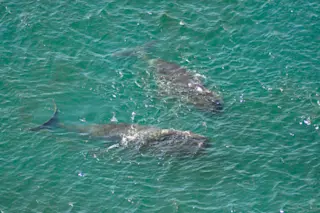Carbon dioxide! Little did we realize 100 years ago how this simple gas would become such a cultural lightning rod. Yet here we are, in what might be an existential fight focused on how much carbon dioxide humans pump into Earth’s atmosphere. It isn’t a little bit, either. No, humans might now be the gold standard in carbon dioxide emissions in the history of the planet.
Let’s get a few things straight: Carbon dioxide has been around since the planet formed. It has been part of our atmosphere in varying concentrations and appears to play a profound role in how the planet’s climate varies over time.
The Earth is actually chock full of carbon (the ultimate source of carbon dioxide). New work by the Deep Carbon Observatory estimates that the planet holds over 1.8 billion gigatonnes of carbon. That number is hard to fathom, but when you think about all ...














